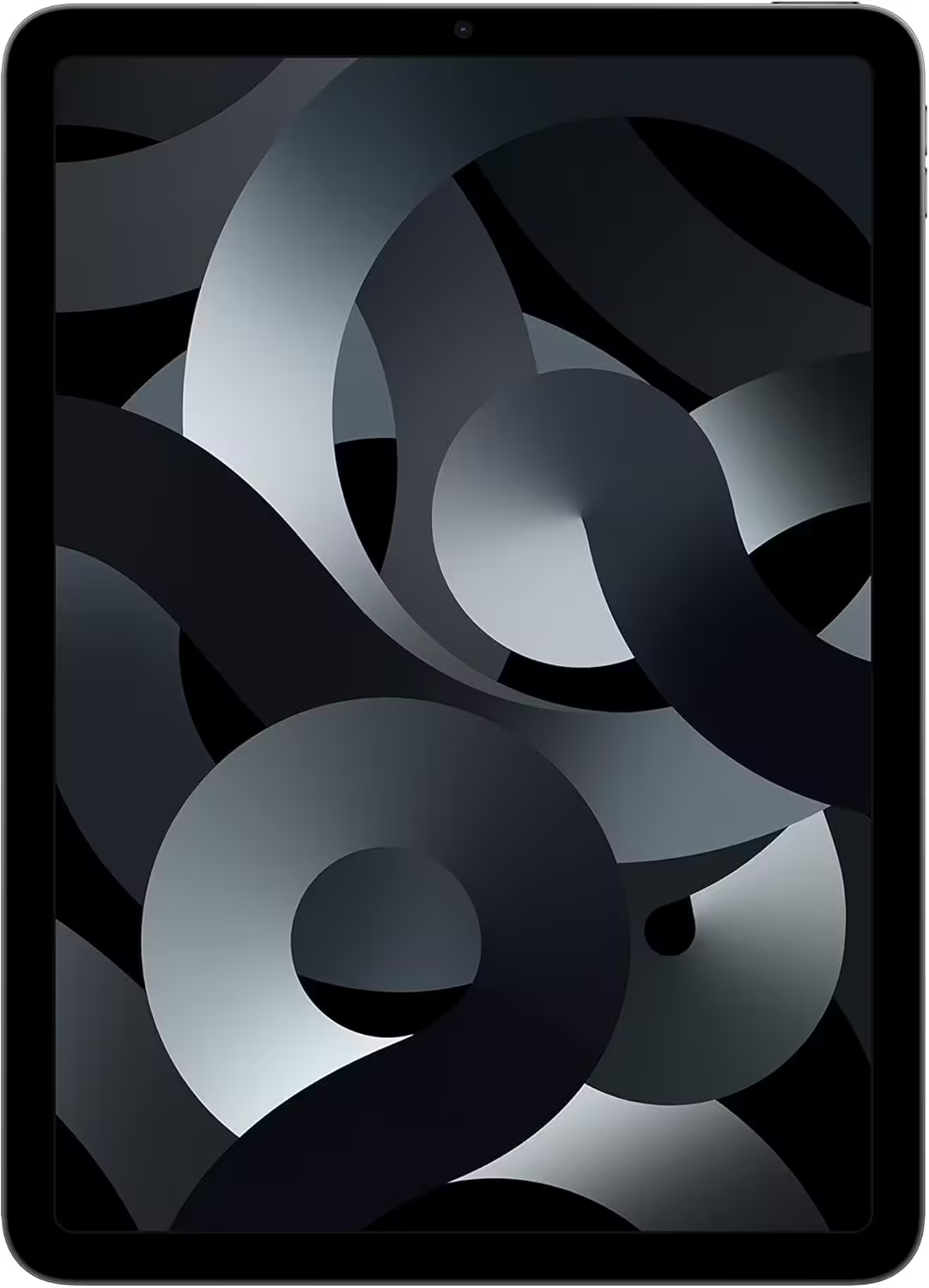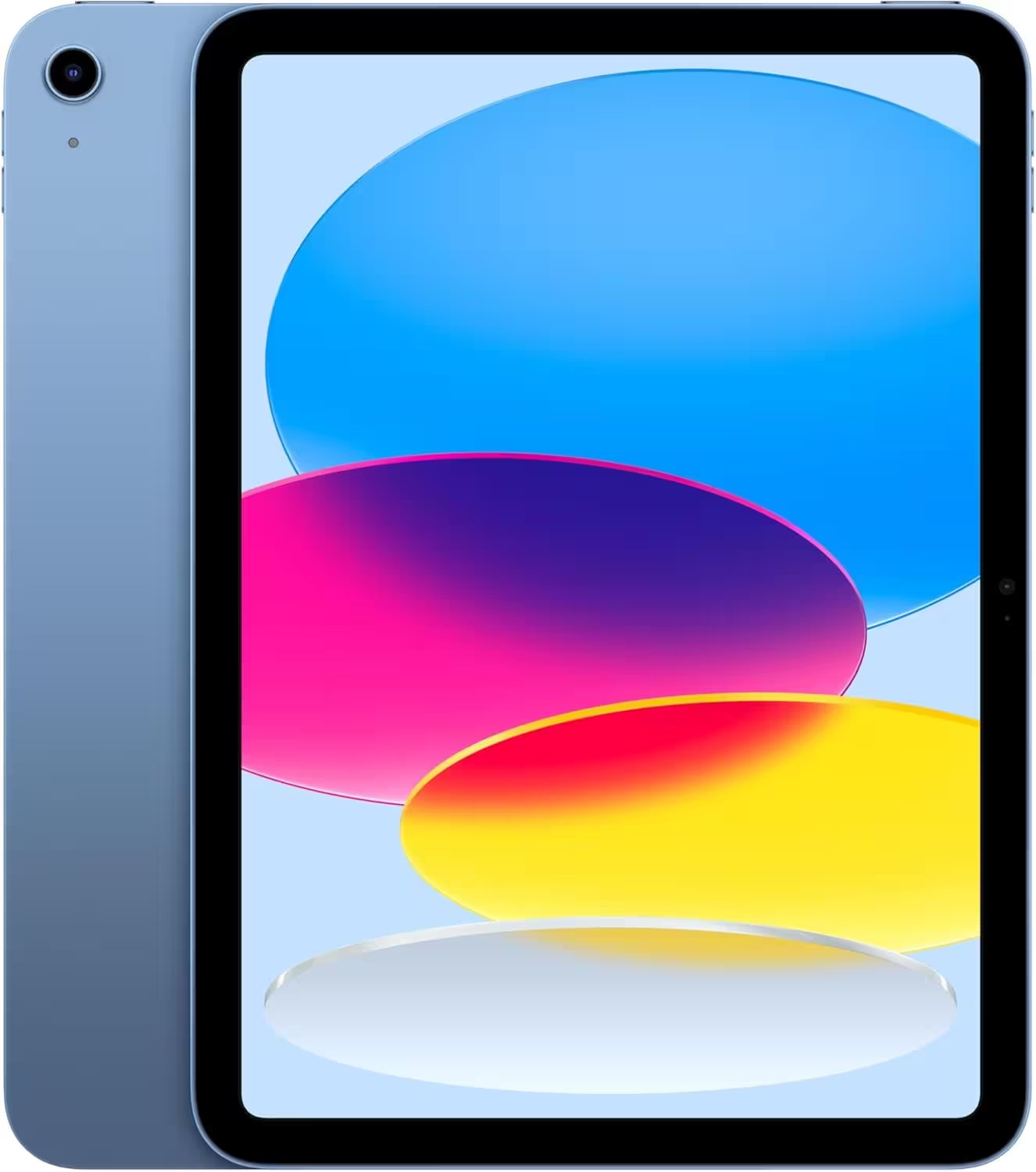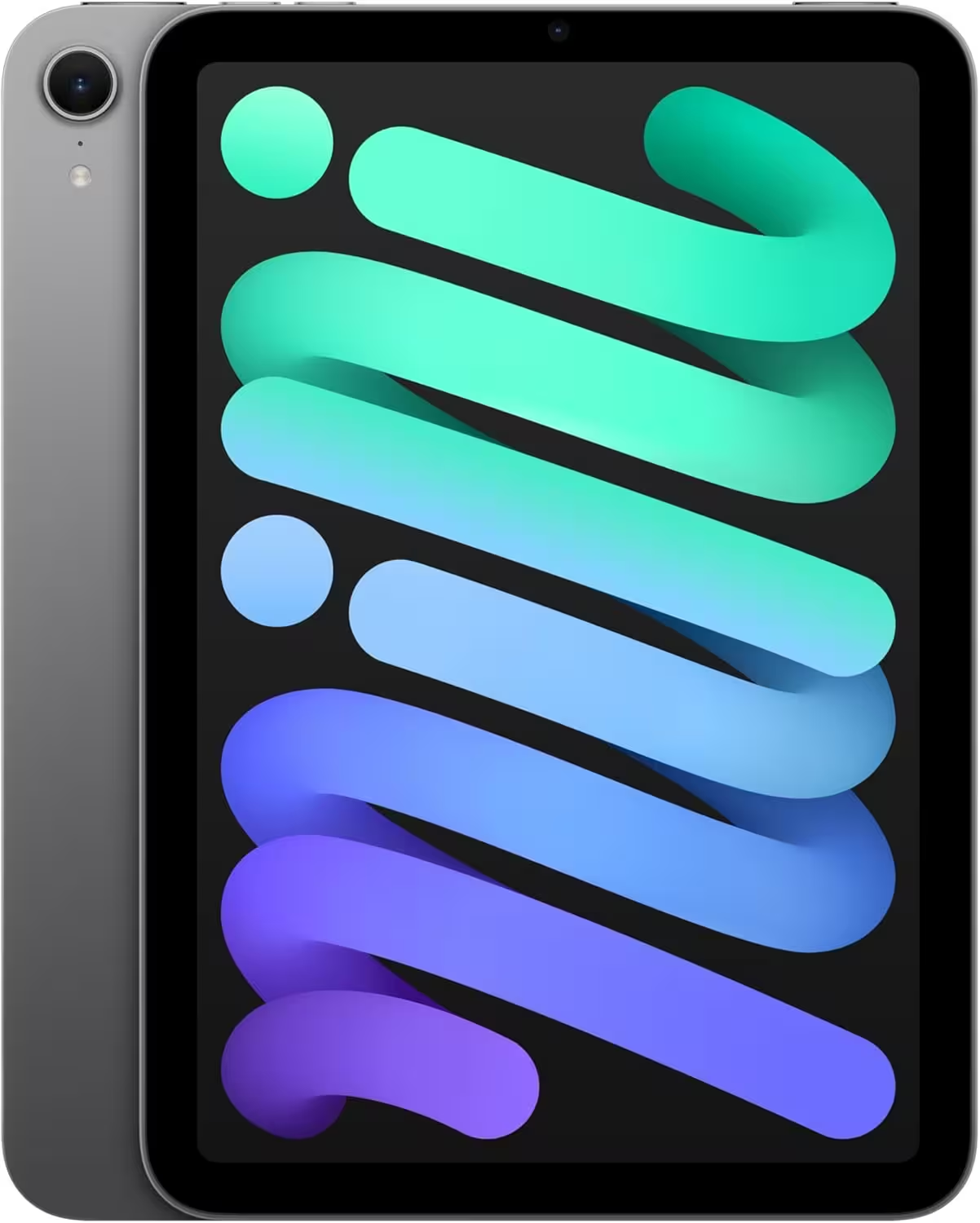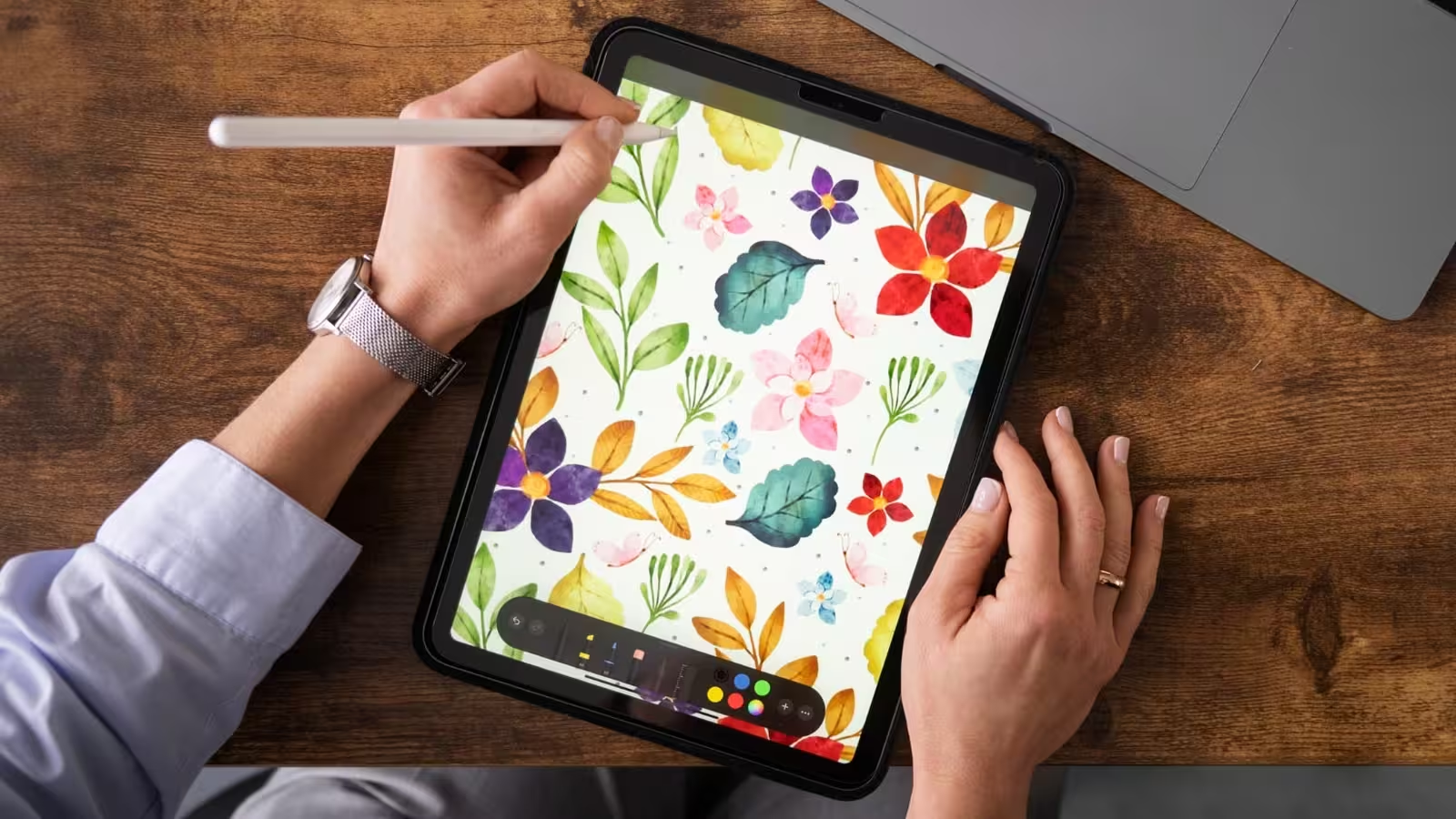15 Minutes
Choosing the Perfect iPad in 2025: Navigating Apple's Evolving Tablet Lineup
As we approach the latter half of the 2020s, Apple's iPad lineup is more innovative — and more complex — than ever. Apple continues to lead the tablet market with its seamless blend of hardware and software, setting standards for performance, build quality, and functionality. However, with multiple models catering to different needs and budgets, finding the best iPad for 2025 requires understanding not just the specifications, but also how you intend to use your device. Whether you need an iPad for productivity, creativity, entertainment, or portability, this comprehensive guide will help you choose the ideal Apple tablet.
iPadOS 26: A Generational Leap in Tablet Software
Before diving into the hardware, it’s crucial to highlight Apple’s forthcoming iPadOS 26 update, revealed at WWDC 2025. Signaling the most significant transformation since iPadOS branched from iOS, this update brings the tablet OS closer to macOS than ever before. Users can expect enhanced multitasking functionalities — including expanded window management, better resizing, and a slick Mac-style Menu bar. There’s a new Preview app, an upgraded Files app, improved background exporting and downloading of large files, and the introduction of the sophisticated "liquid glass" design language across the ecosystem. Notably, these powerful features are launching across the iPad lineup, from entry-level to Pro models, promising more feature parity, especially at the lower end.
While Apple asserts broad compatibility, some advanced features remain exclusive to iPads with M-series chips or recent A-series SoCs. As such, choosing your iPad in 2025 is more about aligning your workflow and expectations with what Apple’s hardware and software can truly deliver. Here’s our expert breakdown of the best iPads for every scenario.
The Best iPads for 2025: Top Picks and Comparisons
Best All-Around iPad for Most Users: iPad Air (M3)

Display: 11" or 13" (2360 x 1640 / 2732 x 2048)
Processor: Apple M3 SoC
Storage: Up to 1TB
RAM: 8GB
Weight: 1.01 lbs (11"), 1.36 lbs (13")
Battery Life: Up to 10 hours
Front/Rear Camera: 12MP each
The 2025 iPad Air, refreshed in March with Apple’s powerful M3 chip, stands out as the sweet spot of Apple’s tablet range. Striking a perfect balance between capability, price, and futureproofing, it caters to professionals, students, and everyday users alike. The Air comes in two sizes: a portable 11-inch and a productivity-optimized 13-inch version. While the bigger display offers a higher maximum brightness (600 vs 500 nits), feature parity between the two models is otherwise complete, allowing users to choose based on screen size preference alone.
The main allure of the M3 iPad Air is its immense power. The M3 chip — derived from last-generation MacBook and iMac hardware — breezes through multitasking, creative apps, gaming, and complex workflows. Combined with 8GB of RAM and a generous 128GB base storage, it ensures a fluid experience not just today but for years to come, especially as iPadOS continues to add desktop-class features.
Display and Design: Polished Yet Approachable
The iPad Air’s laminated 60Hz LCD display ensures lively, accurate visuals with a P3 color gamut and anti-reflective coating — a noticeable upgrade over the standard iPad, though outshined by the Pro’s 120Hz tandem OLED. Four generations on, the square-edged chassis remains both sturdy and stylish. The battery lasts approximately ten hours in real-world and mixed-use scenarios, keeping you mobile and untethered from a wall charger. With a relocated landscape-oriented front camera and Touch ID built into the power button, videoconferencing and security are easy, though Face ID is omitted.
Productivity, Accessories, and Futureproofing
Thanks to native support for Apple’s advanced Pencil Pro stylus and the redesigned Magic Keyboard, the Air adapts easily for note-taking, drawing, or document editing. Note, accessory compatibility is an ever-changing field — the Air supports the latest Magic Keyboard, but not Apple’s most advanced aluminum model, and won’t work with older Pencil generations. The expanded accessory lineup, while potentially expensive, unlocks laptop-like versatility and creative expression. For professionals, digital artists, students, and anyone demanding more than the basics, the Air is a versatile, everyday powerhouse.
Key Pros and Cons of the iPad Air (M3)
- Pros: Blazing-fast M3 chip, robust multitasking, superb display for the price, 13-inch model offers affordable large-screen performance, compatibility with advanced stylus and keyboard accessories.
- Cons: 60Hz refresh rate now feels dated, reliance on Touch ID instead of Face ID, and must factor in extra costs for professional accessories.
Who Should Consider the Air?
The iPad Air is the default recommendation for the majority of users: those seeking performance that rivals laptops, regular multitaskers, digital creatives, remote workers, and even most students. It’s particularly appealing if you want to dip into Apple’s ecosystem of AI features and high-performance applications, but don’t need every bell and whistle reserved for the iPad Pro.
The Best Budget iPad: iPad (A16)

Display: 11" (2360 x 1640)
Processor: Apple A16 Bionic
Storage: Up to 512GB
RAM: 6GB
Weight: 1.05 lbs
Battery Life: Up to 10 hours
Front/Rear Camera: 12MP each
For users seeking the quintessential iPad experience without breaking the bank, the 2025 iPad (A16) is a standout. Priced at just $349, it closely mirrors the design language of the iPad Air but trades down minimal features to hit that accessible price point. Its 11-inch Retina display is bright and sharp, battery performance is strong, and it provides all the core iPadOS conveniences for a fraction of the cost.
Performance and Core Capabilities
Powered by a down-clocked A16 Bionic processor (the same chip found in recent flagship iPhones) and 6GB of RAM, this tablet is more than capable of handling streaming, video calls, productivity, and light creative tasks. While it won’t run Apple’s new Intelligence AI suite or the most demanding 3D games as fluidly as an M-series device, most everyday activities feel effortless — browsing, email, basic gaming, or content creation in mainstream apps. With the iPadOS 26 update, this base device will even pick up several new multitasking improvements and a boost in overall productivity efficiency.
Cost-Saving Trade-Offs: Display and Accessories
The key compromises come in the display and accessory support. The iPad (A16) lacks lamination and wide color support, so colors appear less vibrant and reflections are more noticeable compared to higher-end models. Likewise, stylus compatibility is limited to the basic USB-C Pencil (no pressure sensitivity) or the first-gen Pencil, and it doesn’t work with the premium Magic Keyboard, instead relying on a more basic Magic Keyboard Folio.
However, for users upgrading from older entry-level iPads or anyone content with foundational tablet functions, these limitations are easily justified by the price savings. Entry-level storage starts at a generous 128GB, meaning fewer compromises for schoolwork, streaming, or light digital art.
Key Pros and Cons of the iPad (A16)
- Pros: Unmatched affordability, ample base storage, reliable battery life, modern Apple design ethos, sufficient speed for day-to-day workloads, and fun color options.
- Cons: Display tech is starting to lag behind, no access to high-end stylus or keyboard accessories, and less futureproof as software advances.
Who Should Choose the iPad (A16)?
This base model is perfect for students, families, casual users, or anyone who wants an efficient tablet for web browsing, streaming, videoconferencing, and educational apps. It’s also a smart upgrade for users holding on to much older iPads or those looking for a secondary device on a tight budget.
The Best Compact Tablet: iPad mini (A17 Pro)

Display: 8.3" (2266 x 1488)
Processor: Apple A17 Pro
Storage: Up to 512GB
RAM: 8GB
Weight: 0.65 lbs
Battery Life: Up to 10 hours
Front/Rear Camera: 12MP each
The iPad mini continues to define the category for premium small tablets. Apple’s late-2024 refresh injected new life with the robust A17 Pro chip and full compatibility with Apple Pencil Pro, supporting creative work on the go. At 0.65 pounds and an 8.3-inch display, the mini is portable enough for one-handed use, quick note-taking, or as a luxurious e-reader.
Performance and Futureproofing
The A17 Pro SoC matches the power found in flagship iPhones, offering snappy responsiveness in multitasking and heavier everyday apps. With 8GB RAM and up to 512GB of storage, it delivers longevity and freedom for mobile professionals, artists, and frequent travelers. Notably, the A17 Pro also unlocks support for Apple’s new generation of on-device Intelligence features, ensuring the mini won’t fall quickly behind on software updates or AI-powered enhancements. The screen is sharp, laminated, supports wide color, and boasts an anti-reflective coating, making it suitable for various lighting conditions.
Design, Accessories, and Use Cases
The industrial design matches the modern Air and Pro, with squared-off edges and reduced bezels. The absence of a Smart Connector means keyboard attachment remains the mini’s Achilles’ heel. However, the mini is now fully compatible with Apple Pencil Pro — unlocking tactile haptics, a gyroscope, and squeeze gestures for nuanced creative control — and with the entry-level USB-C Pencil for budget convenience.
Key Pros and Cons of the iPad mini (A17 Pro)
- Pros: The best Apple tablet for portability, new Pencil Pro support, futureproof A17 Pro chip, 128GB starting storage, vastly improved over past minis, possible fix for the notorious jelly-scroll issue.
- Cons: Still capped at 60Hz refresh rate, bezels are thicker than some may like, Face ID and M-series chips remain exclusive to larger models.
Who Should Buy the iPad mini?
The iPad mini is ideal for discerning users who prioritize compactness: commuters, field workers, avid e-readers, or tech enthusiasts who wish to supplement their main devices with a portable yet powerful companion. It’s also the best small-form-factor tablet for on-the-go creators and digital artists.
The Ultimate Power User Tablet: iPad Pro (M4)
.avif)
Display: 11" or 13" (2420 x 1668 / 2752 x 2064) "Tandem OLED"
Processor: Apple M4 SoC
Storage: Up to 2TB
RAM: Up to 16GB
Weight: 0.98 lbs (11"), 1.28 lbs (13")
Battery Life: Up to 10 hours
Front/Rear Camera: 12MP each
The latest iPad Pro represents the pinnacle of Apple’s tablet technology — and one of the most powerful consumer tablets ever made. While its premium price tag ($999 and up) limits its audience, its fusion of cutting-edge technology and refined design targets creative professionals, business users, and tech enthusiasts wanting absolutely no compromises.
Stunning Tandem OLED Display
This year, the most notable upgrade is the innovative tandem OLED display, available in both 11- and 13-inch sizes. Through the use of stacked OLED panels, the Pro achieves breathtaking color, deeper blacks, and up to 1600 nits of HDR brightness, eclipsing even high-end monitors. Coupled with a 120Hz adaptive refresh rate, everything from advanced digital artwork to console-class gaming, or even scrolling webpages, feels effortlessly smooth and visually rich.
Performance, Storage, and Expansion
Powered by the ultra-efficient, high-performance M4 chip, the iPad Pro is purpose-built for intense creative workflows — from 4K video editing and 3D design to running advanced AI models locally. The base configuration includes 256GB storage (double that of other models), with optional 16GB RAM on 1TB/2TB versions and a more powerful M4 variant for ultra-demanding users. Thunderbolt/USB-C ensures lightning-fast external storage and accessory support, unlocking new possibilities for professional file management and media workflows.
Design, Cameras, and Accessories
The device is sleeker and lighter than the Air, elevating portability despite the larger screen. It is also the only iPad with Face ID for streamlined login and payments. The speakers — now four in total — surpass the Air’s audio for immersive media, and the pro-grade camera system (with an integrated flash and ProRes recording) enables enterprise content creation and high-quality remote work. Accessories, while expensive, are best-in-class: the exclusive Magic Keyboard (with premium aluminum finish, haptics, backlit keys, and a function row) and the Apple Pencil Pro open new frontiers for digital artistry and productivity.
Key Pros and Cons of the iPad Pro (M4)
- Pros: World-class OLED display, market-leading performance with the M4 chip, exceptionally thin and light design, extensive accessory ecosystem, Face ID, unbeatable options for creative professionals and demanding users.
- Cons: High starting price, incompatibility with older accessories (requiring new investments), and some "pro" features will be overkill for mainstream users.
Is the iPad Pro Right for You?
The iPad Pro is the definitive choice for professionals in media, design, engineering, and advanced productivity. It’s also an aspirational device for enthusiasts who simply want the best tablet technology on the market. However, the Air provides 90% of its capabilities at a lower price for most users; the Pro earns its keep in specialist hands or as a true laptop replacement for Apple ecosystem devotees.
iPad Buying Decisions in 2025: Feature Comparison and Use Cases
| Model | Screen Sizes | Processor | Base Storage | Apple Intelligence | Stylus Support | Keyboard Support | Notable Features |
|---|---|---|---|---|---|---|---|
| iPad Air (M3) | 11", 13" | M3 | 128GB | Yes | Pencil Pro | Magic Keyboard (plastic) | Performance/Value sweet spot, balanced features |
| iPad (A16) | 11" | A16 Bionic | 128GB | No | USB-C Pencil/1st gen | Magic Keyboard Folio | Affordability, core Apple experience |
| iPad mini (A17 Pro) | 8.3" | A17 Pro | 128GB | Yes | Pencil Pro/USB-C Pencil | None | Portability, compact pro features |
| iPad Pro (M4) | 11", 13" | M4 | 256GB | Yes (best) | Pencil Pro | Magic Keyboard (aluminum) | World-class OLED screen, Pro workflows |
Choosing Based on Your Priorities
- Productivity & Multitasking: Air and Pro offer best-in-class multitasking with robust iPadOS 26 support; base iPad supports most features, mini lags only in keyboard integration.
- Creativity & Drawing: The Pro and Air (with Pencil Pro) set the creative standard, while the mini now comes close for on-the-go art.
- Entertainment & Media: All models perform admirably, but the Pro’s OLED screen and quad speakers make it unbeatable for streaming and gaming.
- Education & Family Use: The base iPad offers massive value and robust parental tools, with the mini excelling for reading and portability.
- Professional Workflows: The Pro’s Thunderbolt connectivity, top-tier CPU/GPU, Face ID, and display tech make it the best choice for demanding environments.
Market Relevance and How Apple’s iPad Lineup Leads the Way
Apple continues to dominate the global tablet market by innovating across hardware and software while striking a balance between consumer accessibility and professional power. The introduction of iPadOS 26, new chips (A17 Pro, M3, and M4), and accessory improvements further solidify the iPad’s role as the most versatile touchscreen device ecosystem. For 2025, Apple’s focus on futureproofing — especially with Apple Intelligence and multitasking features — ensures that buying a new iPad is a solid investment for both casual and professional users worldwide.
Whether you need a powerful mobile workstation, a family entertainment hub, or the most portable yet productive tablet, Apple has an iPad designed for your tech aspirations.


Leave a Comment